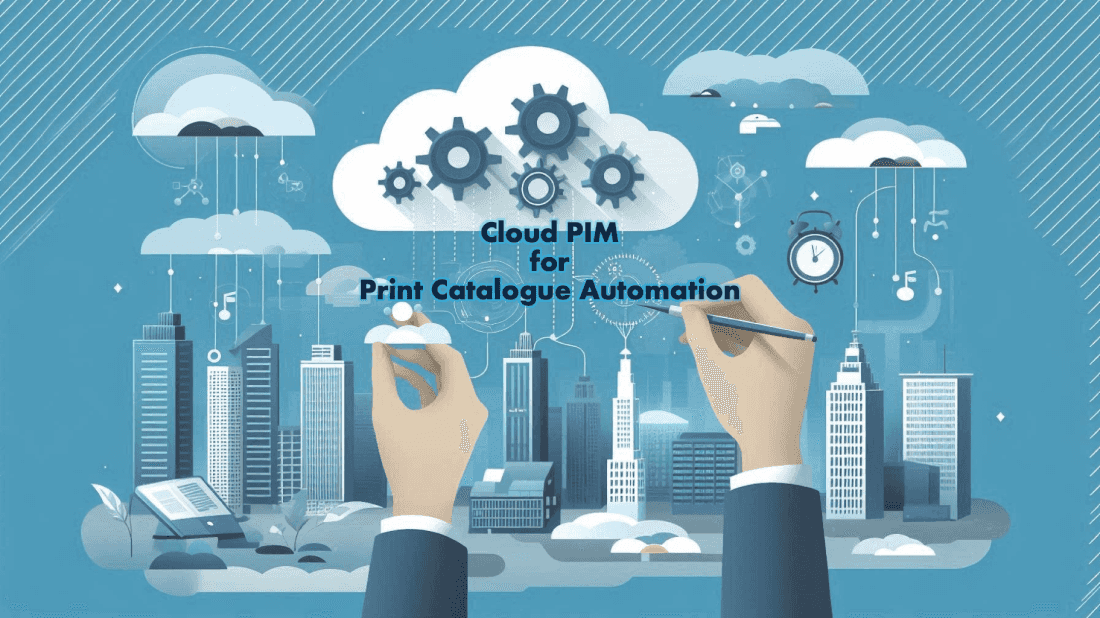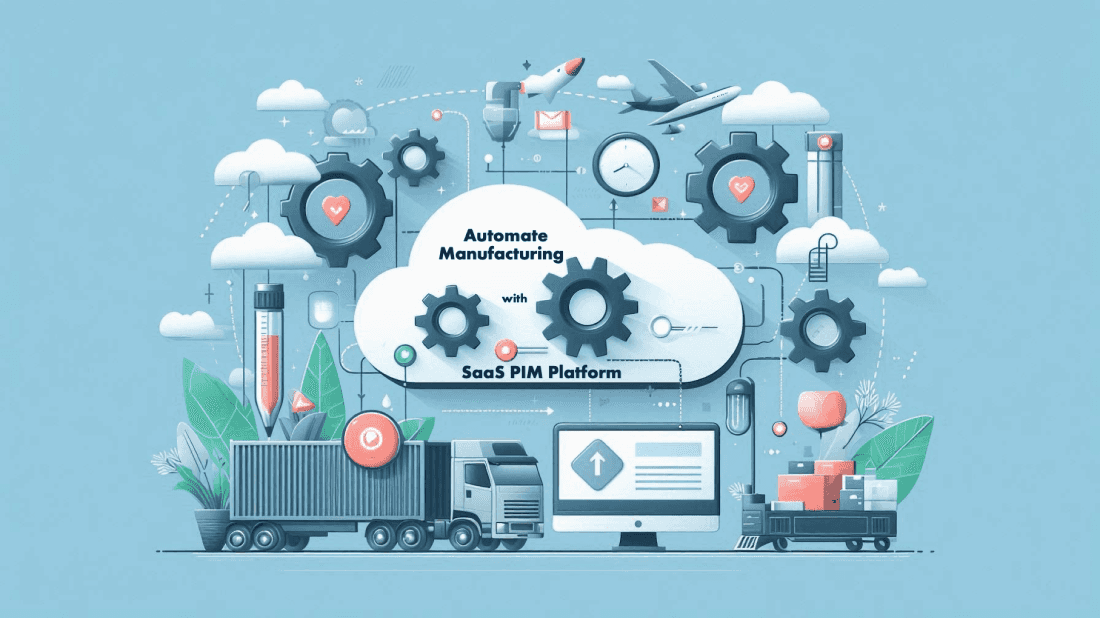May 8th, 2024
The Essential Guide to an Effective Channel Partner Strategy
Channel partners play a vital role in driving remarkable business growth across the world and industries.
Microsoft's dominance with a 95% share and SugarCRM's impressive 59% year-on-year growth in new customers is just a few examples. They are the common factor behind thousands of success stories. An effective channel partner strategy is a perfect growth hack for highly scalable businesses.
So, what is a channel partner strategy? And how can original equipment manufacturers (OEMs) and businesses draft an effective one to hack into their growth potential?
Understanding Channel Partner Strategy
A channel partner strategy defines the processes of onboarding, development, empowerment, and performance tracking of sales partners. It can also limit or define the types of channel partners the business will engage. An effective channel partner strategy will feature the following qualities:
- It automates partner onboarding
- Offers ample means for partner growth
- Provides adequate learning and development opportunities
- Offers channel sales enablement tools
- Identifies and rewards partners for achieving business goals
How to Draft Your Partner Enablement Strategy?
Factors like industry leaders, competitors, and similar businesses can influence your channel partner strategy. Studying more about their strategies will empower you to identify areas of interest and effect within your channel enablement. You can follow the step-by-step process given below to draft an effective partner strategy for your business:
Step 1 - Setting Goals and Objectives

Assess your current position and set a few goalposts for your channel partner strategy. The goals will define your overall strategy, priorities, and KPIs to measure partner success. A few examples of partner strategy goals are:
- Increased Market Reach: Expand the company's presence in new markets or regions through the partner network.
- Revenue Growth: Drive sales and increase revenue through partner-driven opportunities.
- Market Penetration: Leverage partners' existing customer base to gain a larger share of the target market.
- Product or Service Adoption: Increase adoption and usage of company products or services among customers through partners.
- Customer Acquisition: Acquire new customers through partner referrals, lead generation, or joint marketing efforts.
- Brand Awareness: Leverage partners' marketing channels and networks to improve brand visibility and awareness.
- Customer Satisfaction: Providing seamless experiences to customers through channel partners and improving customer satisfaction.
- Partner Enablement: Empower partners with the necessary resources, tools, and training to effectively sell and support company offerings.
- Channel Partner Loyalty: Foster strong relationships with channel partners to promote loyalty and long-term collaboration.
- Competitive Advantage: Leverage the strengths and capabilities of channel partners effectively to gain a competitive edge in the market.
Step 2 - Partner Selection and Onboarding
The channel partner onboarding process is a critical step in building a reliable partner network. The best partner onboarding processes offer partners a self-driven route of onboarding. You need to decide the parameters for the selection and broadcast the opportunities.
Some of the common channel partner selection criteria include the following factors:
| Channel Partner Selection Criteria | |
|---|---|
| Industry Experience & Certifications | Financial Stability |
| Market Presence | Partner’s Commitment to Time and Resources |
| Sales Capability | Market Knowledge |
| Technical Expertise / Certifications | Channel Partner’s Reputation |
| Alignment with Company Values | Affinity with Business Objectives |
Step 3 - Developing Partner Relationships
Most businesses make the mistake of jumping to the training and development of the channel partners after onboarding. This can lead to unnecessary friction and result in a higher churn rate of partners. Establishing a rapport with their partners before deciding on their future and development is a better practice.
Here are a few ways you can clear the air between the business and partners and assign accountabilities. Given below are the critical building blocks of a foundation for a fruitful and lasting relationship:
-
Clear Communication: Establish clear lines of communication with your channel partners from the outset:
- Dedicated Partner/Channel Managers: Encourage regular communications to build trust, you can assign dedicated partner managers for the purpose.
- Partner Portals: Most brands use partner portals to onboard, manage, and empower channel partners.
- Mutually Beneficial Partnerships: Focus on creating mutually beneficial partnerships. Understand the needs and goals of your channel partners and offer an incentive program that assists them in their goals.
- Provide Training and Support: Understand the need for training and resources for your channel partners. This information can help you chart a growth path for your partners.
- Regular Meetings and Reviews: A regular meeting schedule goes a long way in ensuring regular communication and transparency. Assess progress, address challenges, and identify areas for improvement in these meetings.
- Incentives and Rewards: Implement incentive programs to motivate your channel partners to perform well. This could include bonuses, rewards, or other incentives based on sales targets or other key performance indicators.
- Transparency: Be transparent in your dealings with channel partners. Share relevant information about product updates, market trends, and business strategies to keep them informed and engaged.
- Conflict Resolution Mechanisms: Establish clear processes for resolving conflicts or disputes that may arise during the partnership. Addressing issues promptly and fairly helps to maintain trust and collaboration.
- Continuous Improvement: Always evaluate and improve your channel partner program based on feedback and performance data. Adapt to changes in the market and industry to ensure the long-term success of your partnerships.
- Build Personal Relationships: Invest time in building personal relationships with key individuals within your channel partner organizations. Building trust and rapport on a personal level can strengthen the overall partnership.
- Celebrate Successes: Recognize and celebrate the achievements of your channel partners. Acknowledge their contributions and successes publicly to reinforce positive behavior and encourage continued collaboration.
These steps demonstrate your commitment to the partnership and build a stronger channel partner relationship.
Step 4 - Training and Enablement
Training, development, and certifications are as critical for your channel’s success as your promotional strategy. Identify areas of training for your channel partners at every stage of their journey. Integrating an LMS for distributing and tracking training content consumption is a good way to streamline the training process.
LMS can track training module progress and offer certifications for completing them. Certificates and other items of recognition allow your partners to build trust with potential customers quickly. More importantly, a trained partner can provide a better experience for the customers.
Integrate your LMS and partner portals with enterprise tools like PIM and DAM systems. Product Information Management (PIM) and Digital Asset Management (DAM) systems help enrich the training experience with:
- Accurate product information
- Branding and marketing guidelines
- Approved communication methods
Step 5 - Performance Measurement and Optimization
Performance measurement comes after training and equipping your channel partners with adequate knowledge and tools. Measuring the performance of channel partners helps you evaluate your distribution network and identify areas for improvement. Here are some key metrics for measuring channel partner performance:
Sales Metrics
- Revenue Generated: Measure the total channel partner revenue over a specific period for each partner.
- Sales Growth: Track the percentage increase or decrease in sales over time to gauge the effectiveness of each partner's sales efforts.
- Market Share: Assess the captured channel partner market share compared to competitors in their respective territories.
Customer Metrics:
- Customer Satisfaction: Gather feedback from the customers your channel partners have brought about the products or services.
- Customer Retention: Measure the rate at which customers continue to purchase from channel partners over time.
Operations Metrics
- Inventory Management: Evaluate how effectively channel partners manage their inventory levels to meet demand without excessive overstocking or stockouts.
- Order Fulfilment Time: Measure how quickly channel partners fulfill customer orders from the point of purchase to delivery.
Marketing Metrics
- Lead Generation: Track how many leads each channel partner generates through marketing efforts. These can include advertising, promotions, and events.
- Marketing ROI:Assess the ROI of partner marketing activities to determine their effectiveness in driving sales.
Compliance Metrics
- Policies and Guidelines Adherence: Evaluate how well channel partners comply with your company's policies, brand guidelines, and contractual agreements.
- Regulatory Compliance: Ensure that channel partners comply with relevant regulations and industry standards in their operations.
Training and Development Metrics
- Training Participation: Measure the level of engagement and participation of channel partners in the training programs provided.
- Knowledge Retention: Evaluate how well channel partners apply the knowledge to assess the effectiveness of training programs. Also, whether skills gained are adding to their sales and marketing activities.
Financial Metrics
- Return on Investment: Analyze the cost-effectiveness of each channel partner. You can compare their revenue against expenses such as marketing costs, overheads, and commissions.
- Cost-to-Serve: Evaluate the cost-effectiveness of serving customers through different channel partners to optimize resource allocation.
Feedback and Surveys
Conduct regular surveys or feedback sessions with channel partners. Gather inputs on their experiences, challenges, and suggestions for improvement.
Peer Comparisons:
Compare the performance of channel partners against one another or industry benchmarks. Identify top performers and areas for improvement.
Step 6 - Addressing Challenges and Risks
Challenges are common for a wide network of people and firms. However, identifying these challenges and mitigating the risks keeps your channel enablement strategy alive and kicking for a long. Here are a few key challenges that your partner strategy should address:
| Challenge | Mitigation |
|---|---|
| Communication Barriers |
|
| Channel Conflict |
|
| Performance Differences |
|
| Lack of Commitment |
|
| Market Saturation |
|
| Channel Partner Enablement |
|
| Regulatory Compliance |
|
Step 7 - Future Trends and Technologies
Adopting the right technology solutions can add a lot of value to your channel enablement program. The following systems working in sync with channel enablement tools play crucial roles in channel partner strategies:
- Product Information Management (PIM)
- Digital Asset Management (DAM)
- Master Data Management (MDM)
These systems ensure consistency, accuracy, and efficiency in product information distribution and management across various channels. Here's how each system can contribute to your channel enablement strategy:
PIM (Product Information Management)
PIM systems focus on optimizing product information for sales channels and enhancing customer experiences. PIM centralizes and harmonizes product data, including descriptions, specifications, pricing, and images. It ensures that channel partners have access to updated, accurate product information.
Information consistency improves partners’ ability to market and sell products. PIM facilitates the syndication of product data across multiple channels, ensuring consistency in product information across different touchpoints.
PIM Features
- Data Enrichment: PIM systems collect, organize, and enrich product data, including attributes, descriptions, images, and specifications.
- Multi-Channel Syndication: PIM ensures consistent and accurate product information across various channels (online marketplaces, retail stores, etc.).
- Seamless Omnichannel Experience: PIM fosters customer trust and confidence with consistent branding and product details.
Case Study: Imagine a brand launching a new product. The PIM system ensures that the product details are consistent across their website, mobile app, and partner platforms.
DAM (Digital Asset Management)
DAM systems manage digital assets (images, videos, documents) to enhance brand consistency and streamline content distribution. DAM manages digital assets such as images, videos, and documents associated with products.
It ensures that channel partners have access to the latest marketing materials and product images. Partners can create compelling marketing campaigns and product presentations using the assets.
It ensures that channel partners have access to the latest marketing materials and product images. Partners can create compelling marketing campaigns and product presentations using the assets.
DAM helps maintain brand consistency with approved brand assets and ensures that partners use them in their marketing efforts.
DAM Features
- Asset Organization: DAM organizes and catalogs digital assets, making them easily accessible to marketing teams and channel partners.
- Version Control: It ensures consistency in assets (logos, product images, videos) usage across channels.
- Efficient Operations: DAM simplifies asset updates, reducing errors and ensuring compliance.
Case Study: A global brand needs to provide high-quality product images to its channel partners. DAM ensures that partners access the correct images for marketing and sales materials.
MDM focuses on enterprise-wide data governance, ensuring data accuracy, consistency, and compliance. MDM ensures the accuracy and consistency of master data, including customer and product data.
MDM offers a single source of truth for master data and enables channel partners to make reliable decisions. MDM enforces data quality standards and regulatory compliance across channels and facilitates data governance and compliance.
MDM Features
- Master Data Governance: MDM manages critical data (such as customer records, product codes, and pricing) across the organization.
- Data Quality: It ensures data accuracy, completeness, and consistency.
- Compliance and Security: MDM enforces data policies and security measures.
Case Study: A global company with multiple affiliates needs a centralized system to manage customer data. MDM ensures consistent customer records across all channels and regions.
Neurologik’s ProductHub for Partner Enablement
PIM, DAM, and MDM can work together to make the channel partner strategies more impactful. Empower partners with the right information and assets to effectively market, sell, and support products. This results in improved partner performance, enhanced customer experiences, and increased revenue opportunities for the organization.
Neurologik’s ProductHub offers a robust solution with combined features of DAM, MDM, and PIM. ProductHub creates workflows to automate data capture from existing sources and creates a central database. The central database acts as a single source of truth for all products, digital assets, and marketing-related data.
Users with appropriate permissions can enrich the product data, collaborate to create new data or update the existing information. The system runs all the new data through the validation gateways to ensure quality, consistency, and accuracy.
Once you have all the product data, you can integrate ProductHub to third-party systems like LMS, CMS, etc. to:
- Offer consistent information across channels
- Regionalize your information for different partners
- Create product configurations based on attributes
- Enable partners and users to customize the solution as per their needs
Whether it’s localization of catalogs or quick go-to-market missions, ProductHub offers a single window solution. The platform automates the standard tasks with rules so that you save time collecting and sharing information.







